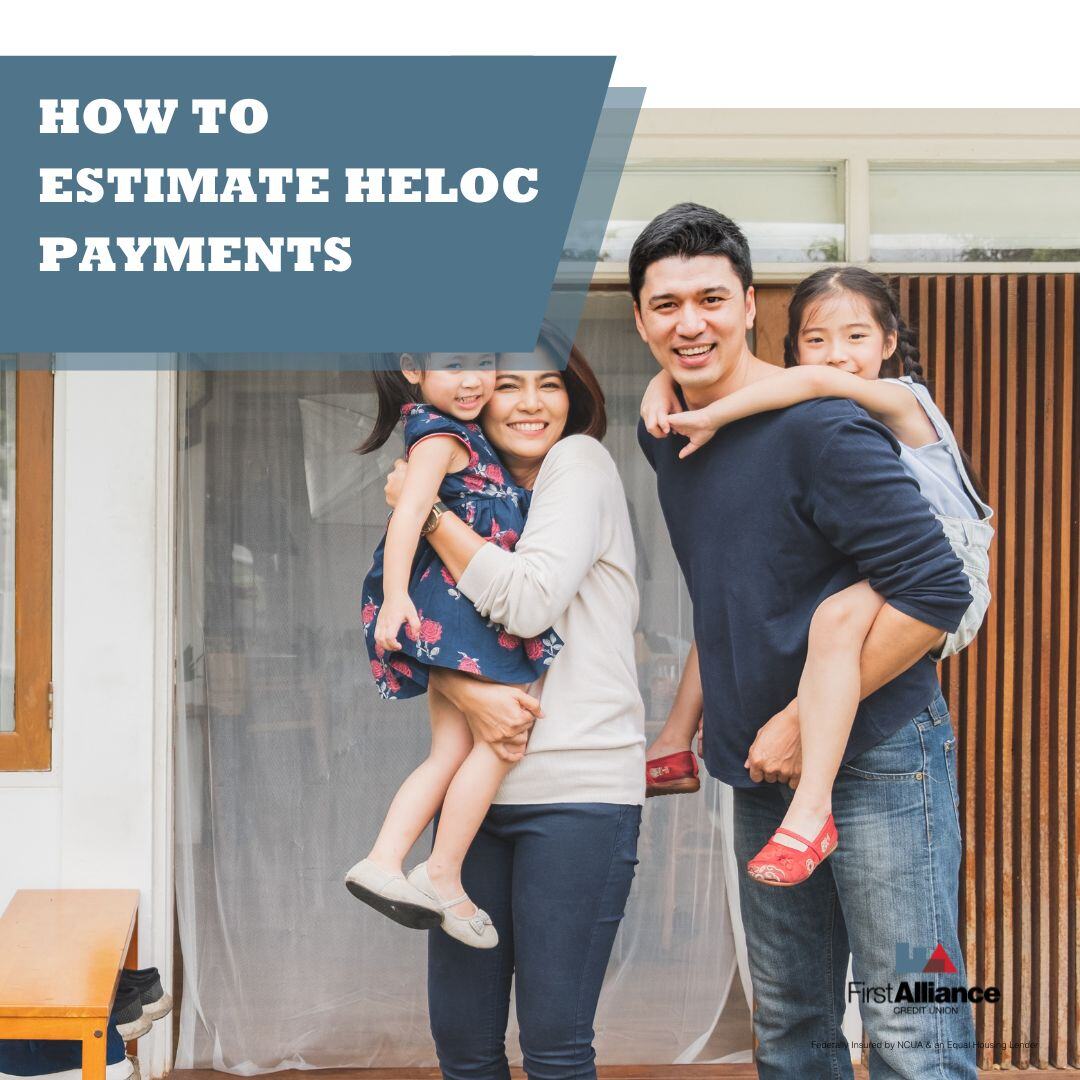3 Things you Must Know About HELOC Payments
If you’re trying to figure out how to fund your home improvement project, you may have heard about a home equity line of credit, or HELOC. If you...

In the past, we’ve talked about financial concepts that might be a bit tricky to understand, like a personal loan or an escrow account. With both of those accounts, though, you at least had some idea of what they were—one was a loan and one was an account. A HELOC, on the other hand, gives you no clue what it’s about. It’s obviously an acronym, but what does it stand for? High Explosive Legal Obligations Contract, or Hey Everyone, Let’s Open Champagne?
Actually, a HELOC is a very useful financial tool that, if you use it right, can help you reach some major financial goals. Hey Everyone, Let’s Onboard Credit knowledge!
HELOC stands for Home Equity Line of Credit. In other words, you’re opening a line of credit, and the limit on your account is how much equity your home has available.

When you get a line of credit, you’re not borrowing a lump sum the way you would with a loan. Instead, you can borrow up to a certain amount of money, and you’ll only pay interest on the money you’ve borrowed. If that weren’t enough of an advantage, when you make a HELOC payment, that amount will be available for you to borrow again.
The answer is, as you might suspect, based on your home’s equity.
At this point, you’re probably wondering what the heck equity is, not to mention why your home has it. The simply answer is that equity is the difference between your home’s value and your mortgage balance. If your home is worth 285,000, for instance, and your mortgage balance is 139, 280, your home’s equity is $145,720.
This doesn’t mean you can borrow the entire amount, though. Many credit unions and banks have limits on what percentage of your home’s equity you can access through a line of credit or loan. Additionally, some lenders will want to do a home equity appraisal to see what your home is currently worth.
Because you’re borrowing against your home’s equity, you’re using your home as collateral for the line of credit. This has some advantages, like having a lower interest rate when compared to a personal line of credit or a credit card. If you default on your loan, though, the lender will foreclose on your house.
The best thing about a home equity line of credit is its versatility. You can spend the money in your credit account on practically anything, from airline tickets to home remodels. However, since you’re using your home as collateral, you’ll want to be selective when using those funds.
The greatest advantage of a home equity line of credit is its flexibility. You can use the funds in your credit account for almost anything. Here's a few ideas for the smartest uses for home equity funds.
Many people fund their home improvement projects with a HELOC. This isn’t just because the versatility of a HELOC is an ideal way to cover any unexpected expenses that always seem to come up during a construction project. It’s also because you’re using the value of your home to add more value to it, making this HELOC use an excellent investment.
Speaking of unexpected expenses, you can also use a HELOC to cover any financial emergencies, such as:
While you should ideally have an emergency fund in place for, well, emergencies, let’s face it—there’s no telling when an emergency might strike. If you’re just starting to build up an emergency fund when an emergency arises or you’re dealing with multiple emergencies, a HELOC can be a lifesaver.
If you’re trying to raise your credit score, you might want to use a HELOC instead of a credit card. However, if you go this route, you’ll want to be absolutely sure you use your line of credit responsibly. Only withdraw money you know you’ll be able to repay and make your payments on time, every time.
If you’re paying off multiple debts, you can use a HELOC as a debt consolidation loan. You’ll reduce your payments to one convenient payment the same way you would with a personal loan or line of credit, but since a HELOC is a secured loan, you’ll probably also get a lower interest rate.
However, using a HELOC to pay off your debts does mean putting your home up as collateral. Talk with a mortgage lending advisor about the benefits and drawbacks of using a HELOC to consolidate your debt to make sure it’s your best option.
HELOCs can be hard to understand at first, especially since their name gives you no clue as to what they are. Once you know that HELOC stands for Home Equity Line of Credit, though, and you know the best ways to use a HELOC, don’t be surprised if you start wondering how you can put your home’s equity to use.
If you’re thinking about getting a HELOC, become a member of First Alliance Credit Union today and talk with a lending advisor. They’ll be happy to talk with you about how a HELOC can help you reach your financial goals, guide you through the process of applying for a HELOC, and even show you how you can easily make payments on your HELOC through our online banking platform and mobile app.

If you’re trying to figure out how to fund your home improvement project, you may have heard about a home equity line of credit, or HELOC. If you...

If you are in the market for credit, a home equity plan is one of several options that might be right for you. Before making a decision, however, you...

A Home Equity Line of Credit (HELOC) is a flexible financial tool that allows you to borrow against the equity in your home. Understanding how to...